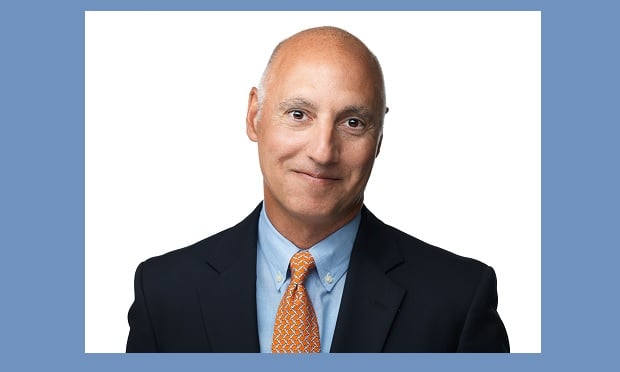Even though the insurance market continues to soften in most lines, U.S. domicile regulators report steady growth. Among the highlights:
Vermont
By far the largest domicile with 590 captives, Vermont has licensed 15 captives this year (11 pure, one branch and three RRGs) with four pending, said Deputy Commissioner Leonard Crouse, “right on par” with last year. Depending on fourth-quarter numbers, “I think we'll have another 35 this year,” he said.
Recommended For You
Want to continue reading?
Become a Free PropertyCasualty360 Digital Reader
Your access to unlimited PropertyCasualty360 content isn’t changing.
Once you are an ALM digital member, you’ll receive:
- Breaking insurance news and analysis, on-site and via our newsletters and custom alerts
- Weekly Insurance Speak podcast featuring exclusive interviews with industry leaders
- Educational webcasts, white papers, and ebooks from industry thought leaders
- Critical converage of the employee benefits and financial advisory markets on our other ALM sites, BenefitsPRO and ThinkAdvisor
Already have an account? Sign In Now
© Touchpoint Markets, All Rights Reserved. Request academic re-use from www.copyright.com. All other uses, submit a request to [email protected]. For more inforrmation visit Asset & Logo Licensing.







